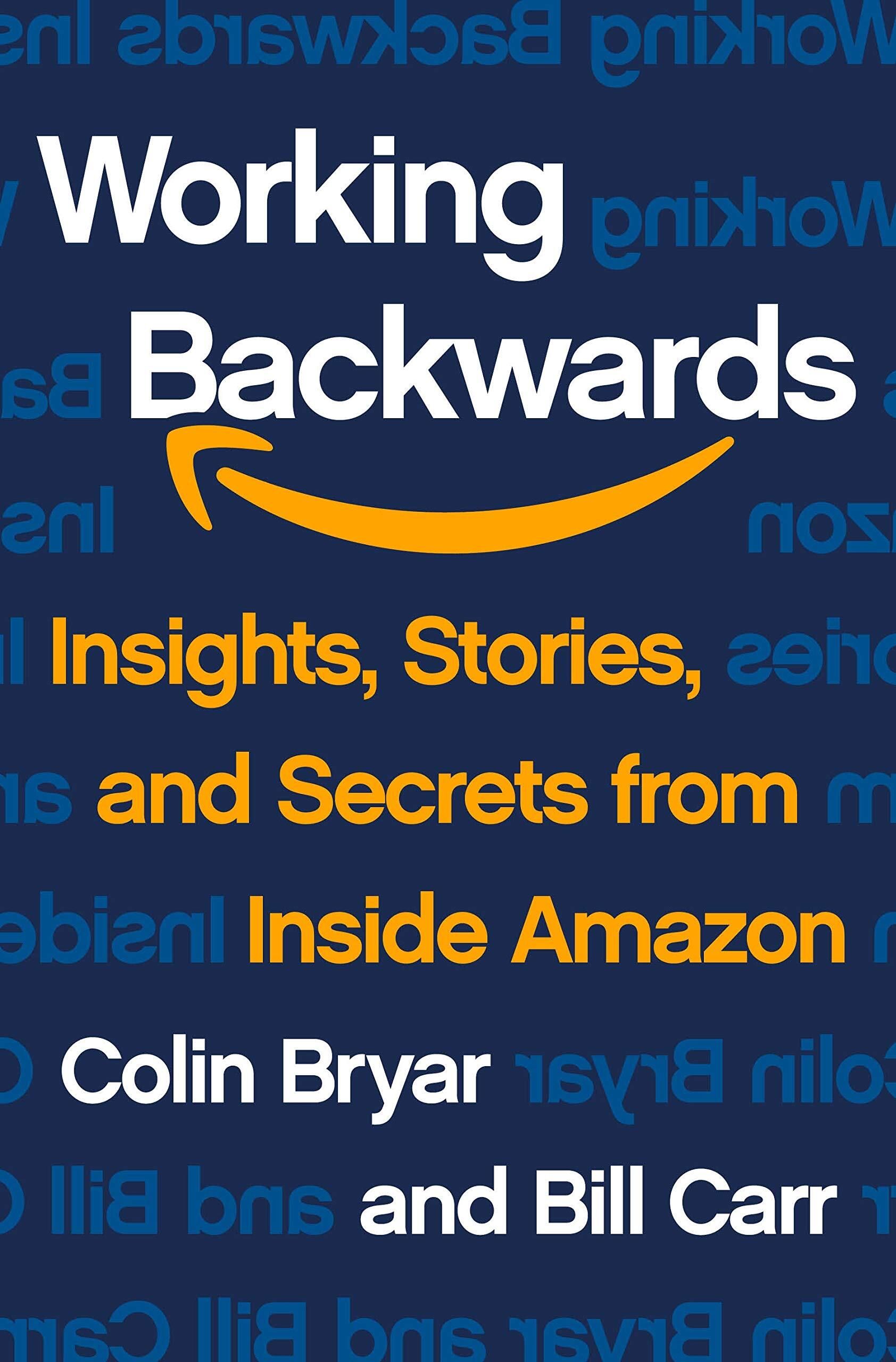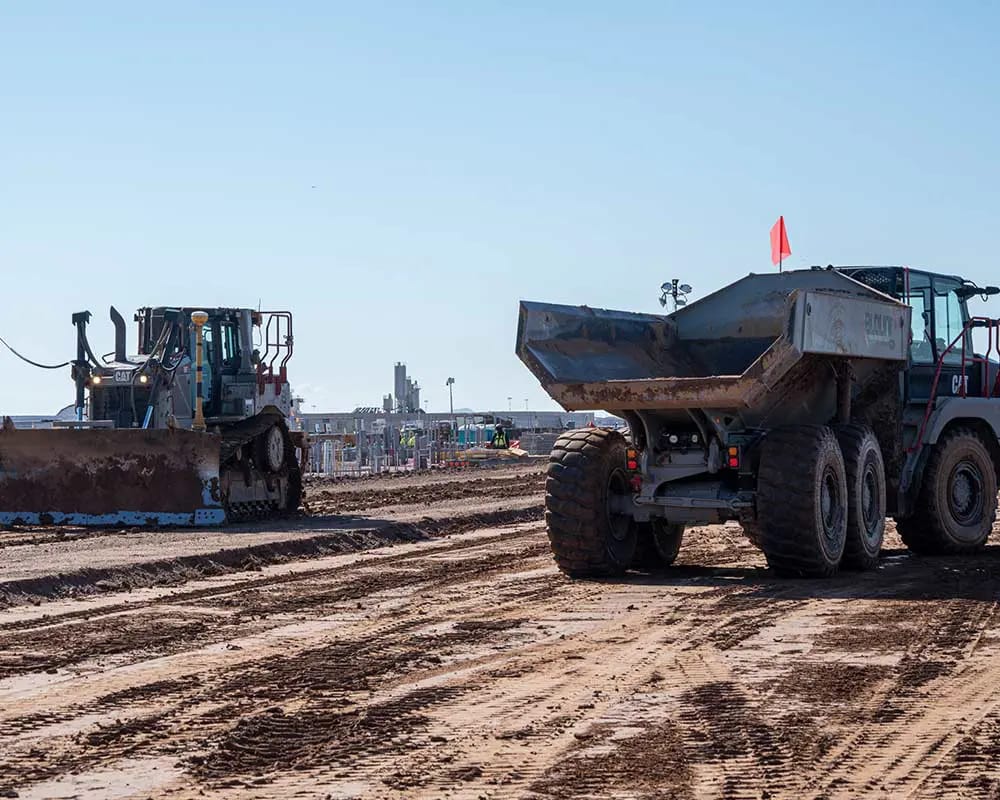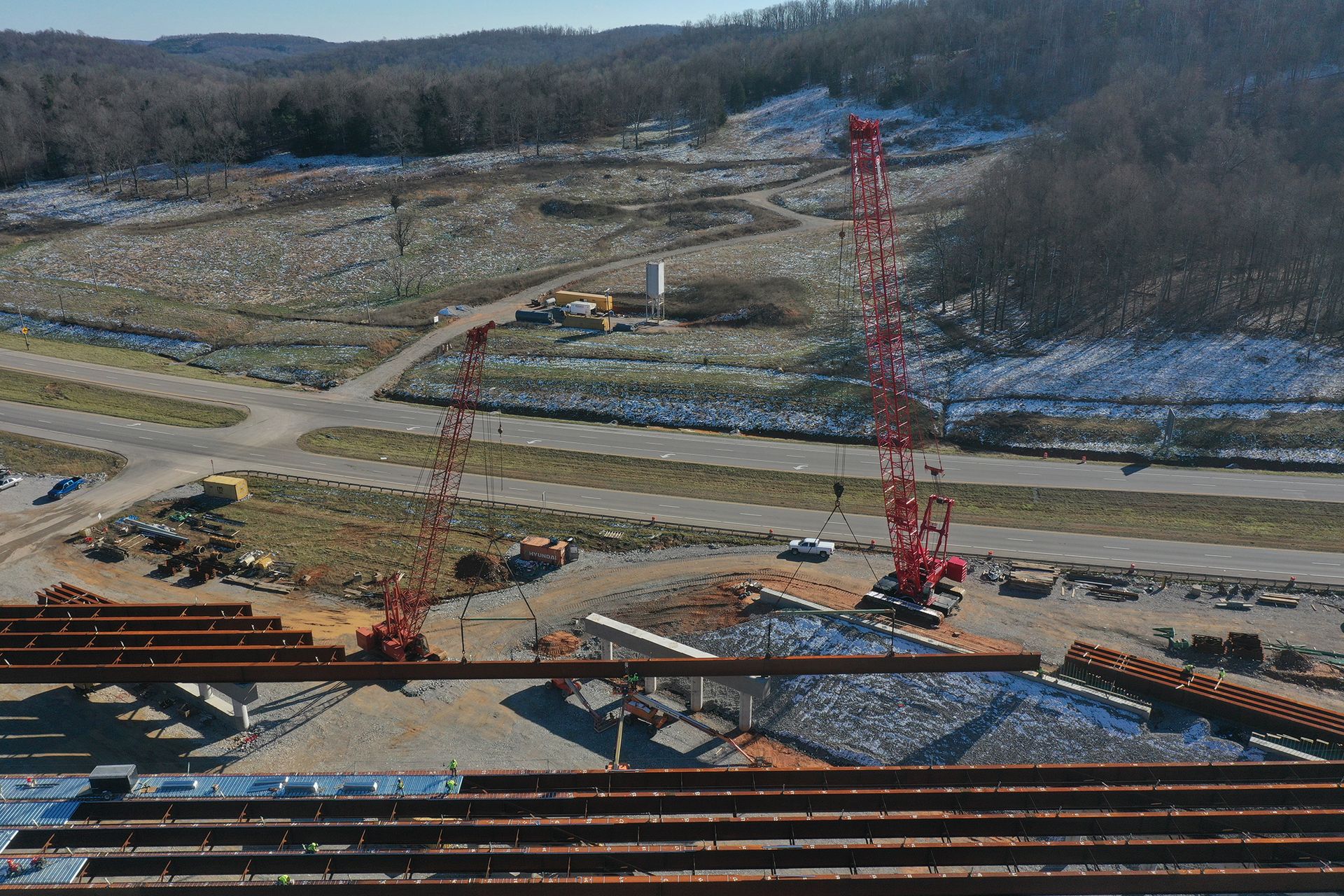- Edgevanta Weekly
- Posts
- Why Your Next Big Project Should Start With a Press Release
Why Your Next Big Project Should Start With a Press Release
Your essential guide to dominating the civil construction world with the latest tech, market trends, and wisdom.

TL;DR: Amazon writes press releases announcing successful product launches before they build anything. Construction teams should do the same - have everyone write a "project completion press release" before kickoff, then discuss differences and identify risks. It reveals hidden concerns, aligns teams around real success metrics, and gets people excited about the why behind their work.
Amazon built a $1.7 trillion empire using a backwards approach to launching products. Before they write a single line of code or build anything, they sit in a room and write a press release announcing the successful completion of the project.
It sounds crazy, but it works. And construction teams should steal this idea immediately.
The Amazon Method That Changed Everything
Amazon calls it "Working Backwards." Instead of building something and hoping customers want it, they start by imagining the project is already done – spectacularly done – and write a press release announcing its success. This is all detailed in this book by Colin Bryar and Bill Carr.
The press release describes exactly what the customer gets, why it matters, and how it solves their biggest problems. Only after they've written a compelling press release do they work backwards to figure out how to build it.
The genius? If you can't write an exciting press release about your finished project, you probably shouldn't build it.
Here's what a typical Amazon press release includes:
Headline: COMPANY ANNOUNCES SERVICE/PRODUCT TO ENABLE TARGET CUSTOMER TO HAVE THIS BENEFIT
Summary: A few sentences describing what was delivered and why customers love it
The Problem: What pain points did this solve?
The Solution: How did the product elegantly solve those problems?
Customer Quote: "This changed everything for us. We saved 40% on costs while finishing 3 weeks early."
Company Quote: Why the team is proud of what they built
Call to Action: How customers can experience these benefits
Ian McAllister, former Amazon director, puts it perfectly: "If the press release is hard to write, then the product is probably going to suck."
Why This Matters for Construction
Think about your last major project. How did it start? Probably with plans, specs, and a budget. Everyone focused on how to build it, not why it mattered or what success would look like.
Now imagine your team wrote this for their highway project:
Here's what Amazon's original Kindle press release looked like in 2007:

Photo Credit: Amazon
"INTRODUCING AMAZON KINDLE"
Revolutionary Portable Reader Lets Customers Wirelessly Download Books in Less Than a Minute
SEATTLE – Amazon today introduced Kindle, a revolutionary portable reader that wirelessly downloads books, newspapers, magazines and blogs to a crisp, high-resolution electronic paper display that looks and reads like real paper. Kindle utilizes the same high-speed data network as advanced cell phones—so users never need to hunt for a Wi-Fi hotspot. Kindle customers can wirelessly shop the Kindle Store, download, and enjoy their new reading in less than a minute.
"This isn't a device, it's a new approach to reading," says founder Jeff Bezos. "We want to make every book ever printed available in less than a minute."
Notice how they didn't describe technical specifications or manufacturing processes. They painted a picture of frustrated readers finally getting what they wanted: instant access to any book, anywhere.
Now imagine your team wrote this for their data center project:
"SUMMIT CONSTRUCTION DELIVERS CRITICAL DATA CENTER SITE PREPARATION 3 WEEKS AHEAD OF SCHEDULE"
Project enables seamless utility connections and foundation work for $200M facility serving 50,000 businesses
ATLANTA – Summit Construction today announced the successful completion of site preparation for the new CloudTech data center, delivering precisely graded building pads and utility infrastructure that allows foundation work to begin immediately. The project maintained full road access for neighboring businesses while completing all environmental compliance requirements ahead of schedule.

Photo Credit: WW Clyde
What This Exercise Actually Reveals
When construction teams try this exercise, something powerful happens. The act of writing about success forces everyone to confront what they're actually worried about.
The PM thinks: "How are we going to manage traffic flow at night with all these intersections?"
The superintendent thinks: "That weather window in March is going to be brutal."
The safety manager thinks: "This owner is going to push us to cut corners on protection."
The estimator thinks: "Did we really account for all that utility coordination?"
These aren't just concerns – they're the things that separate successful projects from disasters. And you only discover them when you force everyone to articulate what success looks like.
How to Run This Exercise With Your Team
For your next major project or operation (say one > $5M or > 6 months duration), try this:
Step 1: Before the kickoff meeting, ask each key team member – area manager, PM, superintendents, safety manager, field engineers, key managers – to write their own "project completion press release." Give them 30 minutes. No collaboration.
Step 2: Have everyone sit quietly and read each other's press releases. Then discuss the differences in what each person thinks success looks like.
Step 3: Ask this question: "What would have to go wrong for us NOT to be able to write this press release?"
Step 4: Make a list of every concern that surfaces. These become your risk management priorities.
Step 5: Here's what Amazon does next – they create an FAQ document that forces them to confront the hard questions: "What are the top three reasons this project will fail?" "What assumptions need to be true for success?" "How will we manage the biggest risks?"
Step 6: Work together to write one unified press release that everyone can get excited about.
The magic isn't in the press release itself. It's in the conversations it creates.
Beyond Risk Management
This exercise does more than identify problems. It gets your team excited about what they're building.
Instead of "installing 2,400 feet of 36-inch storm pipe," you're "eliminating the flooding that has plagued this neighborhood for 15 years."
Instead of "pouring 850 cubic yards of concrete," you're "creating the foundation for a facility that will serve families for generations."
People work harder when they understand the why behind the work.

Photo Credit: Haydon Bridge
Start With Your Next Big Project or Operation
Most project failures aren't technical. They're failures of communication and alignment. The superintendent thinks success means finishing on time. The PM thinks it means staying under budget. The owner thinks it means zero community complaints.
When everyone writes their own version of success first, you see these disconnects immediately. Then you can fix them before they become problems.
Some teams find out they have completely different definitions of success. Others realize they're missing critical stakeholders. Many discover risks they hadn't considered. All of them end up more aligned and focused on what actually matters.
The projects that succeed aren't the ones with perfect plans. They're the ones where everyone knows what they're building toward and why it matters.
Start with the end in mind. Write the press release first.
Want a template to run this exercise with your team? Reply to this email with "AMAZON" and I'll send you a construction-specific press release template plus a meeting agenda for the person running the session.
See you next week!
In Case You Missed It:
How would you describe today's newsletter?Leave a rating to help us improve the newsletter. |
Enjoyed this newsletter? Forward it to a friend and have them sign up here!

Tristan Wilson is the CEO and Founder of Edgevanta. We make software that helps contractors win more work at the right price. He is a 4th Generation Contractor, construction enthusiast, ultra runner, and bidding nerd. He worked his way up the ladder at Allan Myers in the Mid-Atlantic and his family’s former business Barriere Construction before starting Edgevanta in Nashville, where the company is based. Reach out to him at [email protected]